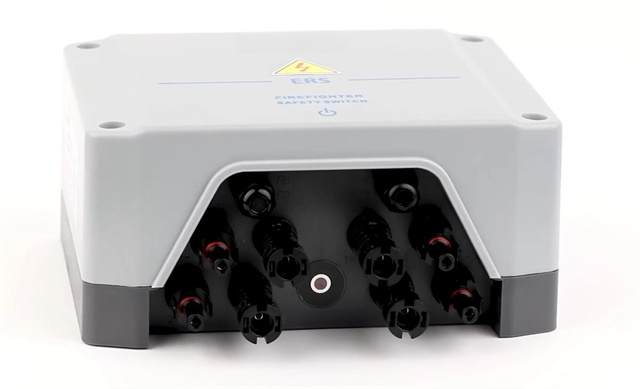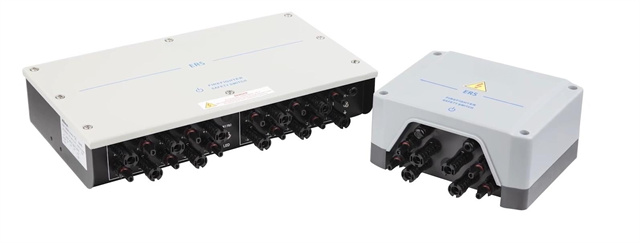Author:BLD Solar Energy SystemFROM:Solar System Converter Manufacturer TIME:2023-08-28
With the rapid growth of the solar industry, the importance of ensuring the safety and efficiency of photovoltaic (PV) systems has become paramount. One crucial aspect of PV system safety is rapid shutdown requirements. These requirements aim to minimize the risk of electrical hazards during emergencies or maintenance activities. In this article, we will explore the technical features of rapid shutdown requirements and their significance in the solar industry.

Rapid shutdown requirements were introduced to address the potential risks associated with high-voltage DC power in PV systems. In traditional PV systems, if a section of the array or the entire system needs to be shut down, it would involve manually shutting off the DC power at the inverter. However, this approach presents safety challenges during emergencies or maintenance tasks. Rapid shutdown requirements mandate the implementation of mechanisms that can quickly de-energize the array and reduce the risk of electric shock for first responders or personnel working on the system.

Rapid shutdown systems typically consist of several key components. First, there is the rapid shutdown initiator, which can be a switch or a button located near the array or inverter. When activated, this initiator sends a signal to the rapid shutdown devices installed on each module or string in the array. These rapid shutdown devices act as contactors or disconnect switches that interrupt the flow of current between the modules or strings and the inverter. By disconnecting the modules or strings from the inverter, the voltage drops to a safe level within seconds.
Rapid shutdown systems also require control and communication mechanisms. These enable the initiator to send signals to the rapid shutdown devices effectively. Additionally, there should be a method for verifying the proper functioning of the rapid shutdown system to ensure it meets the required safety standards. This can be achieved through self-testing capabilities or regular inspections by qualified personnel.

The implementation of rapid shutdown requirements brings several benefits to the solar industry. First and foremost, it enhances the safety of PV systems by significantly reducing the risk of electrical hazards during emergencies, such as fires or accidents. By quickly de-energizing the array, first responders can work more safely without the threat of electric shock.
Rapid shutdown requirements also facilitate the maintenance and troubleshooting of PV systems. Instead of manually shutting down the entire system, technicians can isolate specific modules or strings for repair or maintenance while ensuring the safety of the overall system. This saves time and effort, minimizing downtime and optimizing system performance.
Furthermore, the adoption of rapid shutdown requirements promotes regulatory compliance and standardization within the solar industry. It ensures that PV systems adhere to safety guidelines and enables easier inspections and approvals from regulatory bodies. This ultimately leads to greater confidence in the reliability and safety of solar installations.
In conclusion, rapid shutdown requirements play a crucial role in ensuring the safety and efficiency of photovoltaic systems. With their technical features, including initiators, rapid shutdown devices, and control mechanisms, these requirements minimize the risks associated with high-voltage DC power. By enhancing safety during emergencies, facilitating maintenance activities, and promoting industry standardization, rapid shutdown requirements contribute to the continued success and growth of the solar industry.
